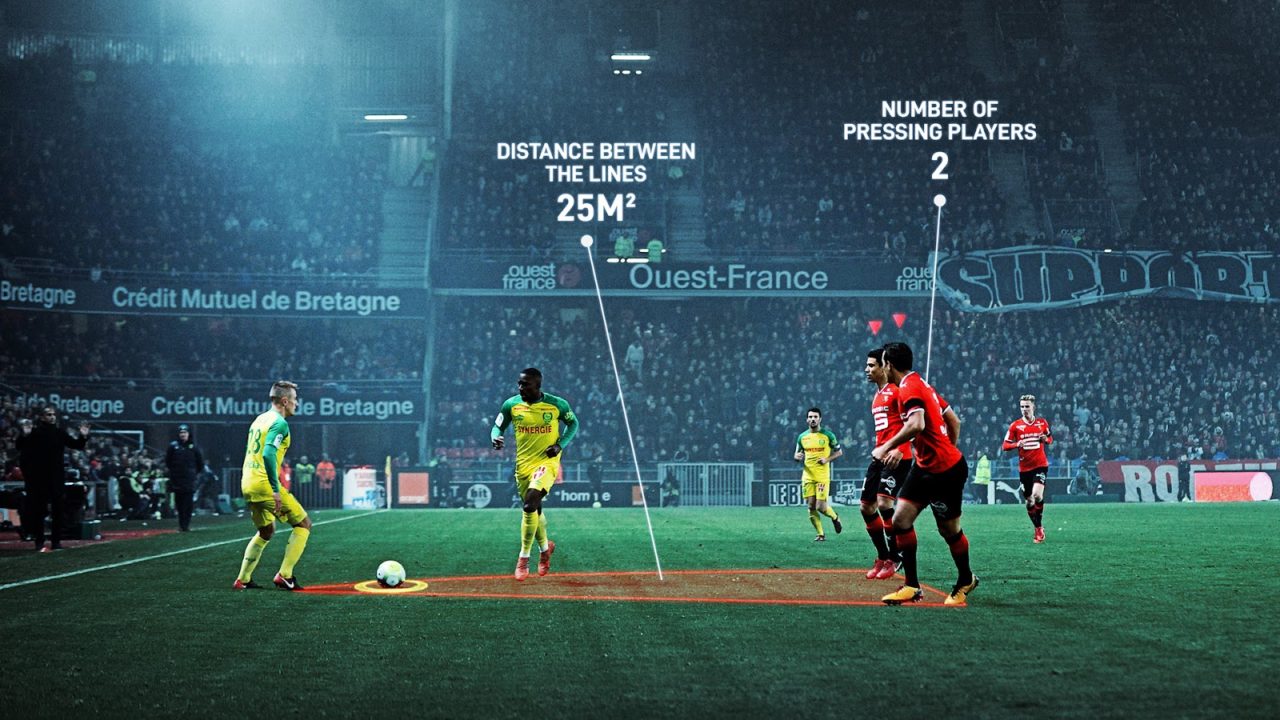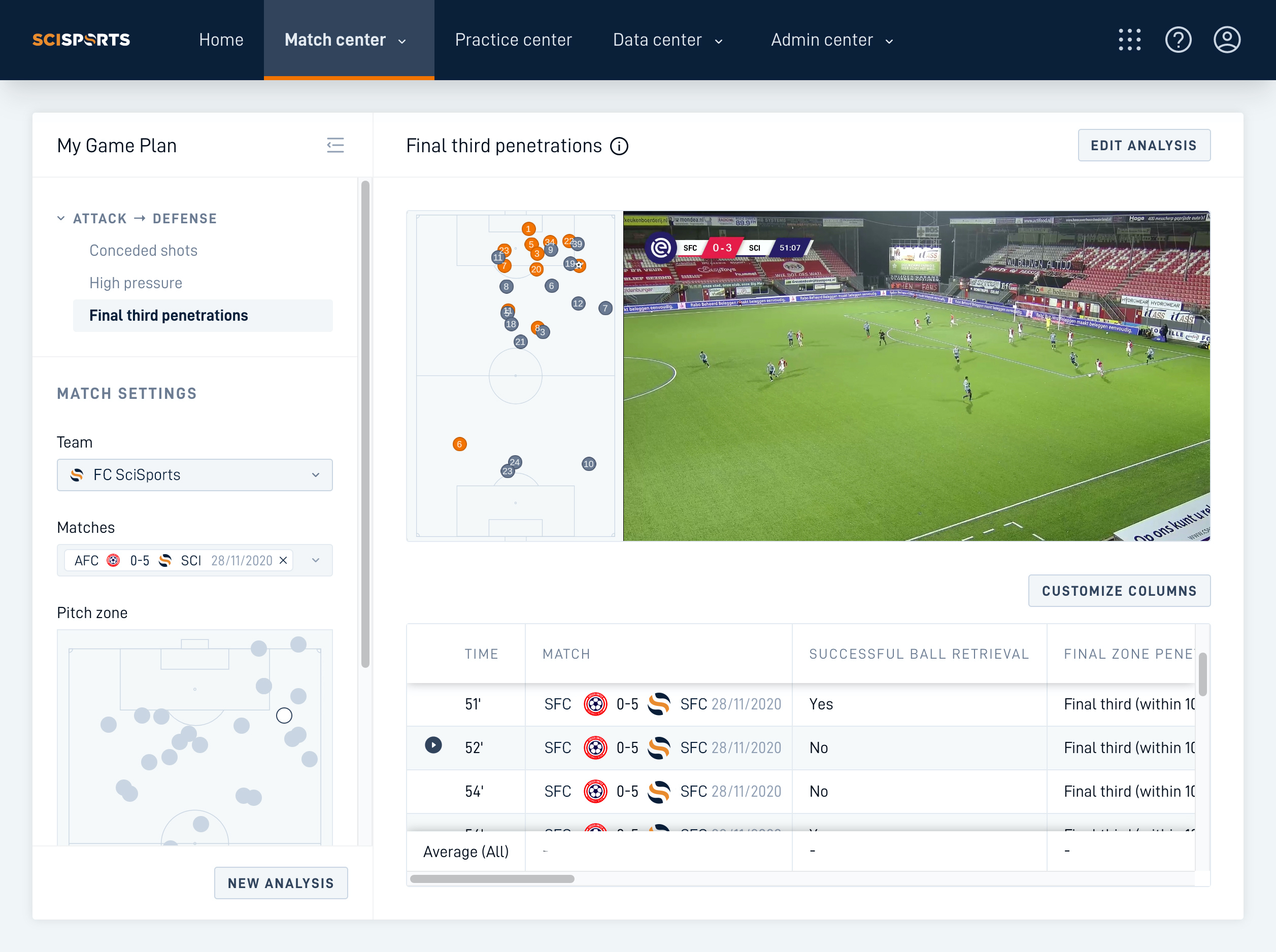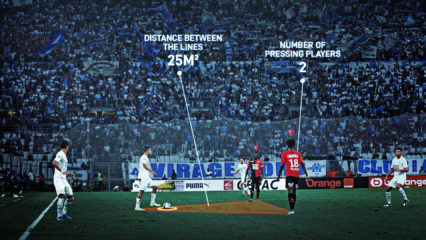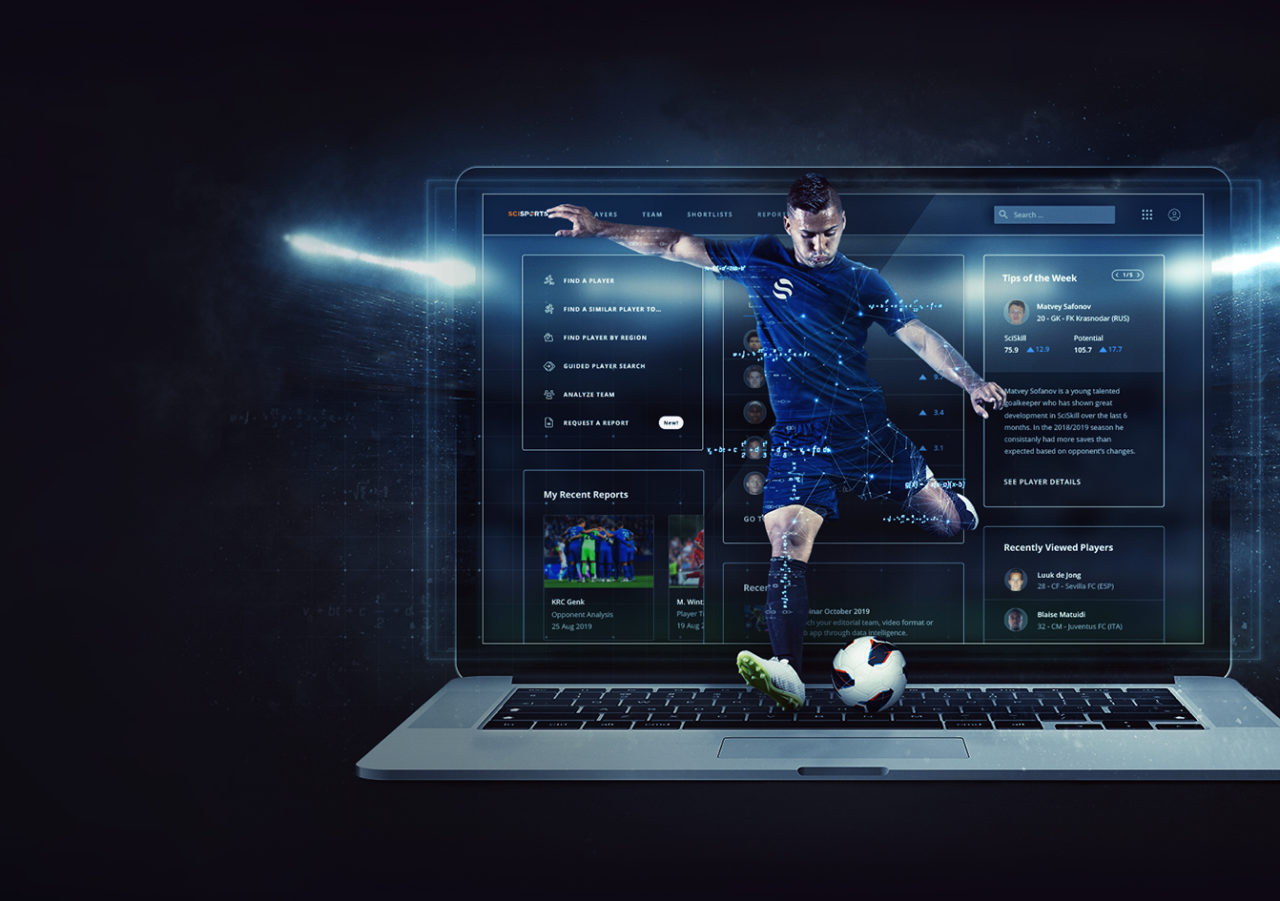
The availability of data across the football industry has increased exponentially over the last decade or so.
When it comes to performance analysis, finding the best data source often depends on what you are trying to achieve from your analytical findings. In previous posts, we’ve discussed how the combination of both event and tracking data can be incredibly useful when it comes to gaining a competitive edge in performance analysis.
However, an increasing offering from different data providers means that clubs around the world use different performance softwares based on agreements within leagues and so on. That is why the SciSports Performance Center is data provider agnostic and therefore can accommodate any source of data used at a club.
In this blog post, we take a closer look at how a data provider agnostic analysis center provides a cutting edge for clubs around the world.
The Performance Center allows users to combine multiple event and tracking data together with the priority of creating data-driven insights for performance analysis. It includes elements such as tactical and physical analysis in addition to reporting and visualisation tools that makes pre and post-match performance analysis as efficient as possible.
What does data provider agnostic mean?
In simple terms, being data provider agnostic means that the Performance Center can work with any data source. This includes event and position data as well as different types of files such as video footage. By being able to consume any type of data, the Performance Center is able to answer a number of different questions asked by performance analysts.
Furthermore, working with a variety of different data sources in one analysis platform means that users can store, monitor and analyse all match information in one place. Combining elements such as event and tracking data enables more in-depth analysis plus synchronised data and video events provides a more contextual view of action on the pitch.
At SciSports, we transform data from all kinds of different providers into a single format which enables clubs to compare datasets and always do the same method of analysis. This results in a seamless workflow that transcends competitions. For example, teams could prefer to do exactly the same type of analysis in both their domestic competition and a continental competition. SciSports’ analysis solution enables a one-stop-shop to utilise multiple data sources in one comprehensive tooling.
At SciSports, the team has a wealth of experience when it comes to integrating different data sources. Data providers such as TRACAB and Inmotio are already integrated into the workflow of clubs using the Performance Center and we are open to exploring new requests depending on which data source is being used.
How does this help the workflow for users?
Working with a data provider agnostic platform for performance analysis has a variety of benefits. Firstly, the fact that you can choose which data sources you want to implement into the Performance Center means that you can trust the reliability and accuracy of the data-driven insights.
Another key aspect is that it reduces the number of systems, softwares and sources that need to be used in the performance analysis department. Time is of the essence when it comes to effective pre and post-match analysis with quick turnaround times needed. That is why having all of the data providers within the Performance Center can help to better streamline activities.
Some of data providers we can connect to include:
- SciSports Optical
- TRACAB
- Sportec Solutions
- Second Spectrum
- Hawk-Eye
- StatsPerform
In addition, the Performance Center’s data agnostic capabilities mean that the synchronization of multiple sources can provide more in-depth analysis. As discussed in a previous post, using a variety of data sources can make for the best of both worlds especially when information is all gathered in one central analysis platform.
The SciSports Performance Center in action
There are a wide number of features within the Performance application that we have previously outlined – including the introduction of the League Analysis feature and a step-by-step guide to data-driven video analysis.
As a data provider agnostic analysis software, the Performance application provides many different functionalities for its users. As we see in the graphic below, the Event Viewer is one of the most obvious ways that it uses multiple data types and sources – including video, event and tracking data. Furthermore, this view showcases a sneak-peak of the brand new My Game Plan module.
Figure 1. Multiple views for extended performance analysis
Within the Event Viewer, users can select their desired match and find the relevant events for their analysis. From there, they will be presented with the video footage of each event to further analyse the performance of players or the team in general. This is made possible for clubs through the fact that the Performance application is data provider agnostic and therefore facilitates comprehensive performance analysis.
In essence, the Performance application aims to provide users with the opportunity to produce efficient and contextual performance analysis for coaching staff and players. A great example of this is data-driven insights provided through the Game Phases feature. As we see below, the feature is able to offer contextual insights into the team’s physical output in different elements of a match.
Figure 2. Analysing different phases by physical data
Overall, this type of feature can be highly valuable for technical staff who are looking to find insights in post-match analysis or preparing for an upcoming opponent. Having a number of different data sources coming together is a key component of the Performance application and one that mutually benefits users.
Find out more about our performance analysis insights!
Working in the professional football industry and want to find out more? Get in touch below!








